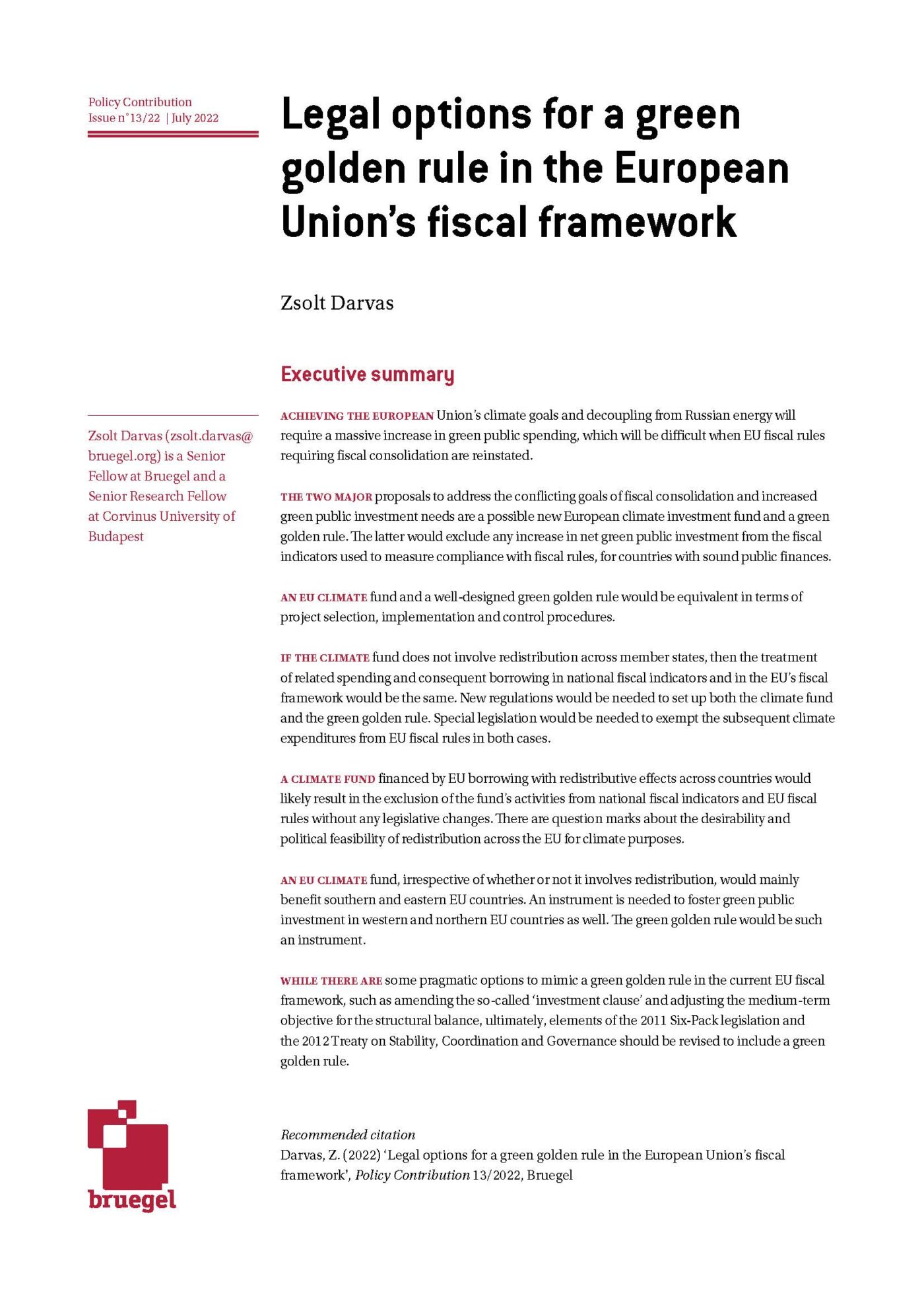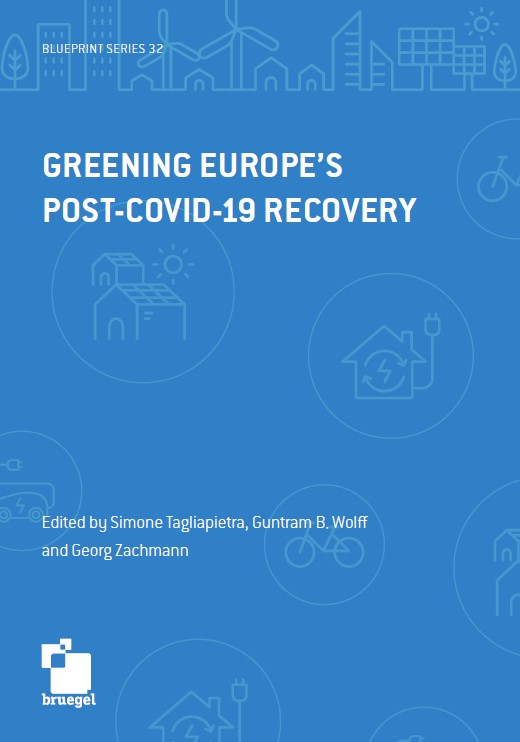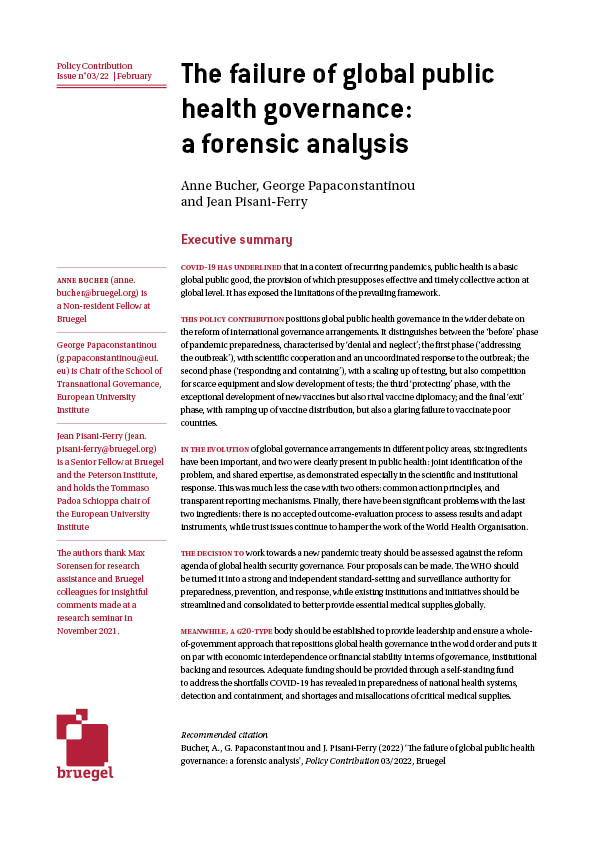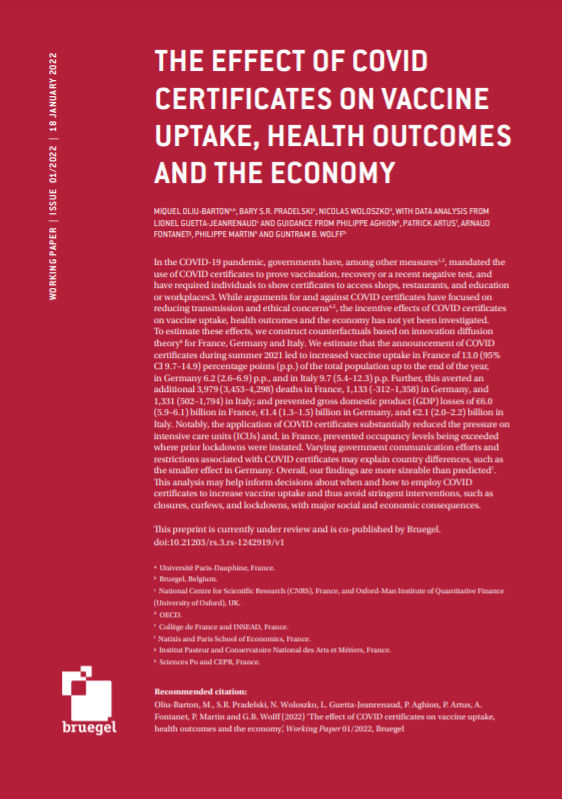Blog Post
To save the Italian economy from the Coronavirus, Rome prescribes a stimulus
Faced with a difficult prognosis, the Italian government has prescribed a three-step strategy to treat the worse economic symptoms of the Coronavirus. The medicine is money and the dosage is €4.5 billion
On February 21, Italian authorities announced that a 38-year-old Italian man from the town of Codogno, 60 km southeast of Milan, had tested positive for the virus. Within ten days, more than 1,800 people had caught the disease, of whom around 50 had died.
As the number of cases increased, so did the concern about the economic repercussions for the country. But these will mainly depend on how long the current situation will last, a factor that no one can reasonably predict. So what’s at stake? And what kind of strategy has the Italian government adopted in the face of this situation?
What’s at stake
The outbreak has primarily affected the Northern part of the country and most notably ten towns in Lombardy and one in Veneto. Northern regions represent the backbone of the Italian economy, accounting for around half of its GDP, tax revenues and investment, and for 65 per cent of its exports (Table 1).
Table 1. Macroeconomic fundamentals of Italy’s main Northern regions
| GDP
(EUR billion) 2018 |
Tax revenues
(EUR billion) 2017 |
Investment
(EUR billion) 2017 |
Export
(EUR billion) 2018 |
|
| Lombardy | 390,3 | 123.2 | 64,8 | 127,3 |
| Veneto | 163,2 | 48,4 | 29,3 | 63,6 |
| Emilia Romagna | 161,7 | 50,1 | 29,6 | 63,8 |
| Piemonte | 137,5 | 44,4 | 28,6 | 48,3 |
| Group total | 852,7 | 266,1 | 152,3 | 303 |
| % of Italy | 48,2% | 47,8% | 50,5% | 65% |
Source: Bruegel on Ufficio Studi CGIA.
If the coronavirus emergency were to spread in all these regions and last a few months, the economic impact would be substantial. For example, since the start of the outbreak around 6,000 metalworkers in Lombardy have been affected by production stoppages and reduced hours. While the short-term risks of such situations can be faced by the government through different measures such as a scale-up of the national redundancy fund, Cassa lntegrazione Guadagni, there are also longer-term risks to be considered. Lombardy, Veneto and Emilia Romagna are deeply integrated into European value chains and play an important role in the German automotive industry value chain, to which they supply a number of components. A prolonged interruption of production could push German and other buyers to find alternative suppliers – turning a temporary fall in industrial production into a permanent loss of industrial stock. This would thus represent an existential risk to the Italian manufacturing sector, which has already lost a quarter of its stock as a result of the 2008 crisis.
Like the virus itself, economic impacts can also quickly spread from the outbreak’s epicentres to the rest of the country. Take the example of tourism. The reputational damage suffered by Italy amid this situation is severe, and it is already being reflected by a sharp downturn in the tourism sector, which represents 13 per cent of Italy’s GDP and 15 per cent of the country’s total employment. A mounting number of international tourists are already avoiding Italy (Northern and Southern regions alike), to the extent of inducing several airlines to cancel their (empty) flights to the country. The Italian confederation of tourism enterprises expects 22 million fewer visitors over the next trimester, implying a potential economic cost of around EUR 2.7 billion.
The Italian government has a three-step strategy
First, on February 25, the government approved a package worth EUR 900 million to support the 11 worst-impacted municipalities. Measures include i) The suspension of mortgages, as well as tax payments and social security contributions; ii) Additional funds for the Cassa lntegrazione Guadagni; iii) The provision of financial aid of EUR 1,500 for autonomous workers; iv) An increase in guarantee funds for businesses.
Second, this week, the government will adopt an additional package, this time worth EUR 3.6 billion to support the country’s overall economy. This would entail a rise in the official deficit target for 2020 of 0.2%. Measures but might include: i) Tax credits for companies that reported a 25% drop in revenues; ii) Tax cuts for companies, notably in the tourism and logistics sectors; iii) Additional funds for the health service; iv) Additional funds for the Cassa Integrazione Guadagni. While announcing the forthcoming package, Italian Minister of Economy Gualtieri noted that the EUR 3.6 billion are compatible with the flexibility provided by the Stability Pact, given that we are in the presence of objective ‘exceptional circumstances’.
Third, the government intends to present a structural package of measures to relaunch investments in the country. The Italian government also outlined that, should the coronavirus outbreak escalate further or be prolonged in time, it will promote a joint action at the EU level, notably aimed at seeking a fiscal stimulus allowing the government to support the economy by reducing taxes and investing more.
The economic impact of coronavirus in Italy will depend on the duration and the extent of the contagion in the country and the rest of the world. This will determine – from both demand and supply sides – the order of magnitude of economic damages for Italy. Should the situation not escalate further, Italy is likely to only ask for a hike of 0.2% of its official deficit target for 2020. But should the situation escalate, a different – and much more difficult – economic and fiscal policy discussions are likely to dominate the springtime in Brussels.
Republishing and referencing
Bruegel considers itself a public good and takes no institutional standpoint. Anyone is free to republish and/or quote this post without prior consent. Please provide a full reference, clearly stating Bruegel and the relevant author as the source, and include a prominent hyperlink to the original post.











